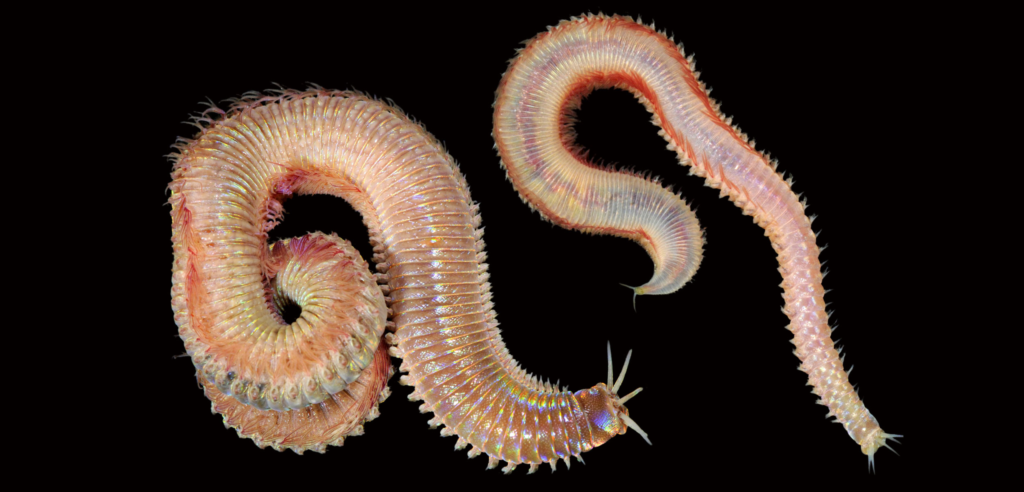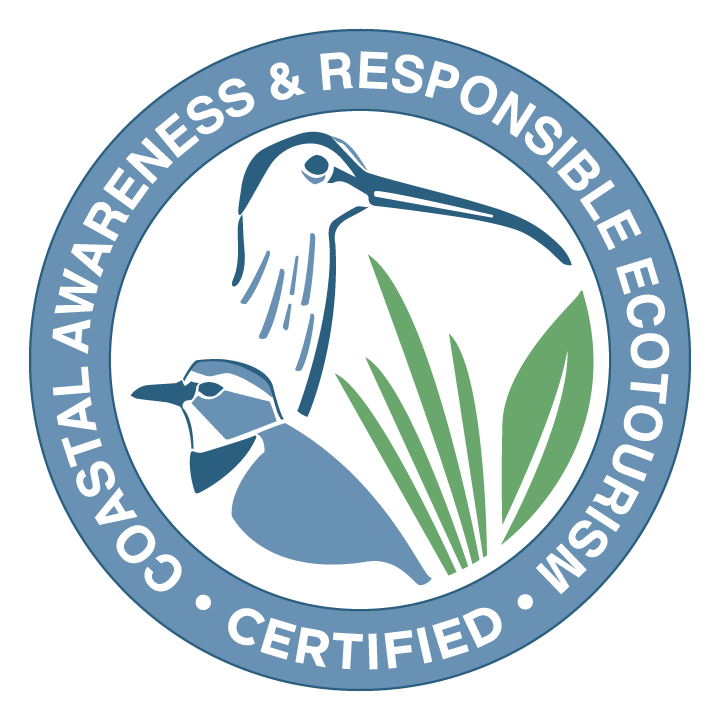Worms
Introduction
Worms are organisms with elongated, soft bodies with no limbs or bones. There are two types of worms found in the plankton samples but being worms are the only thing they really have in common. They both look distinct, having different anatomy, and have different feeding strategies. Chaetognaths are very common in samples, polychaetes are less common, but it is still important to be able to recognize them.
Chaetognaths

Chaetognaths can also be known as arrow worms, they are predatory marine worms which are holoplankton. They feed on other zooplankton, mainly copepods and they have a cool way of sensing prey. They do not use vision but sense vibrations in the water using cilia which lets them know where food it (Johnson & Allen, 2005). They have spines around their mouth which they use to capture the prey and have a venom which is injected into the prey by their teeth- they then swallow it whole!
Chaetognaths can be found all over the ocean, from the tropics to the poles, however, are very sensitive to salinity. Scientists can use chaetognaths as indicators of ocean conditions.
Chaetognaths are usually transparent but can sometimes appear darker. They have straight bodies, a distinct head region and paired fins. The fins will not always be visible, it depends on what direction they are facing. Appendicularians look quite similar but are much squigglier, if it is a straight body, it is a chaetognath!
Polychaetes

Polychaetes are segmented worms (annelids), and are the most common segmented worms in marine habitats. There are some species which are holoplankton but the majority only spend their early stages as plankton (Johnson & Allen, 2005).
They are commonly known as bristle worms as they have structures called parapodia along their bodies, these contain bristles. These parapodia have many purposes, such as movement, catching food and even breathing (Osorio, 2024)!
Polychaetes often have a dark color. Due to their bristles, they appear ‘feathery’ and have a squiggly shape. The length and width can vary, sometimes they may be long and skinny, but they can also be stubbier.
Flash Card Practice
References
Beller, P. (2000). SDNHM – Pterotrachea coronata (Sea elephant). San Diego Natural History Museum. https://www.sdnhm.org/oceanoasis/fieldguide/pterotrachea.html
Chatterjee, A. (2024, August 30). Arrow worm—Examples, characteristics, classification, & habitat. AnimalFact.com. https://animalfact.com/arrow-worm/
Hakai Magazine. (n.d.). Plastic poop [Photograph]. Retrieved May 16, 2025, from https://hakaimagazine.com/wp-content/uploads/header-plastic-poop.jpg
Johnson, W. S., & Allen, D. M. (2012). Zooplankton of the Atlantic and Gulf Coasts (2nd ed.). Johns Hopkins University Press.
Osorio, U. (2024, December 2). What are polychaetes? – Examples, habitats, and reproduction. The Daily Eco. https://www.thedailyeco.com/what-are-polychaetes-or-bristle-worms-892.html
Unknown author. (n.d.). [Illustration of marine organism]. Pinterest. Retrieved May 16, 2025, from https://i.pinimg.com/originals/54/24/63/542463152366c7eee3b9d0f13d7266f8.jpg
